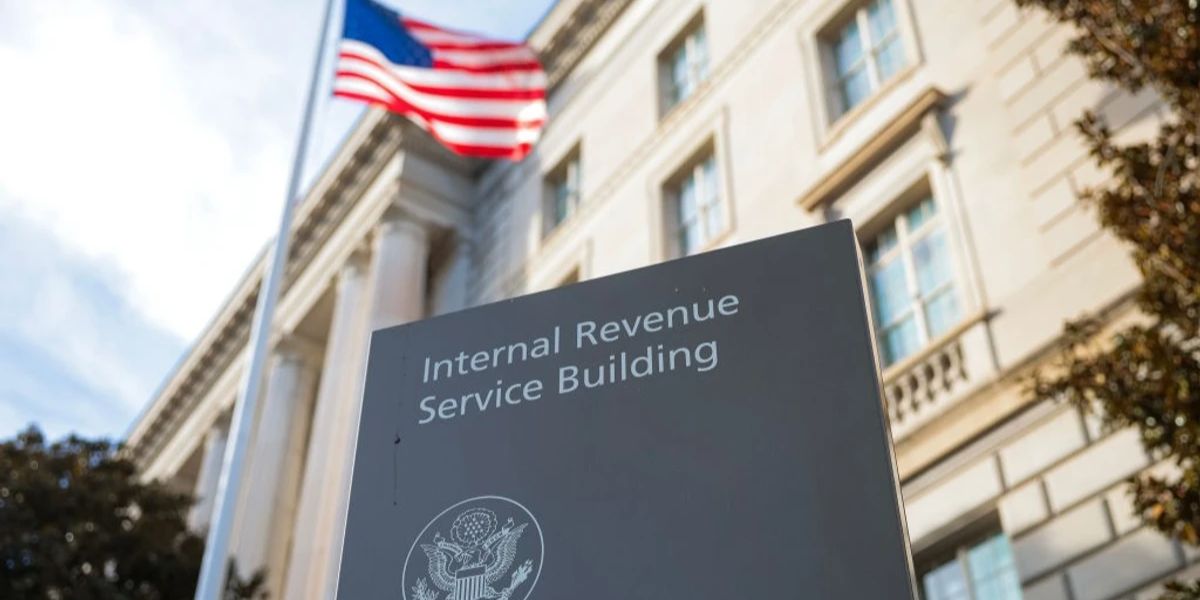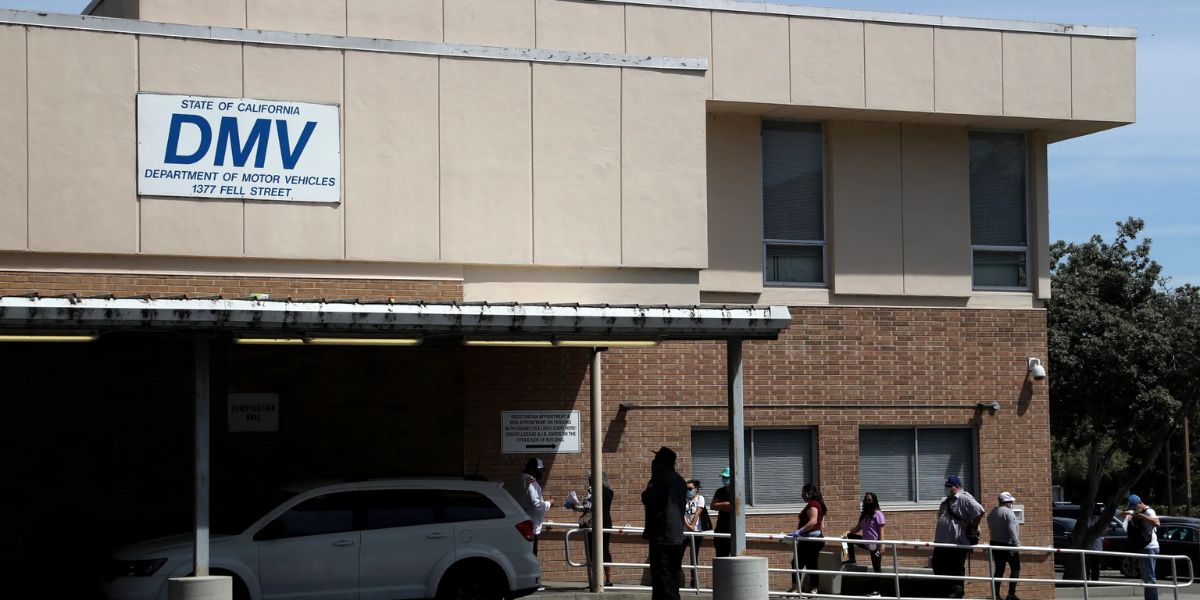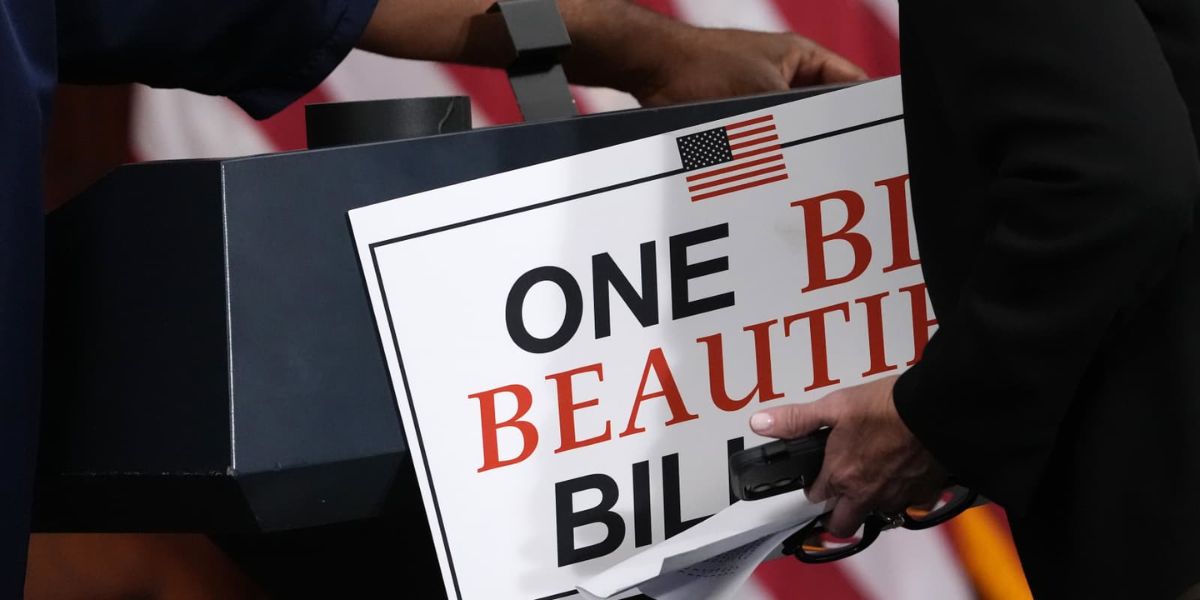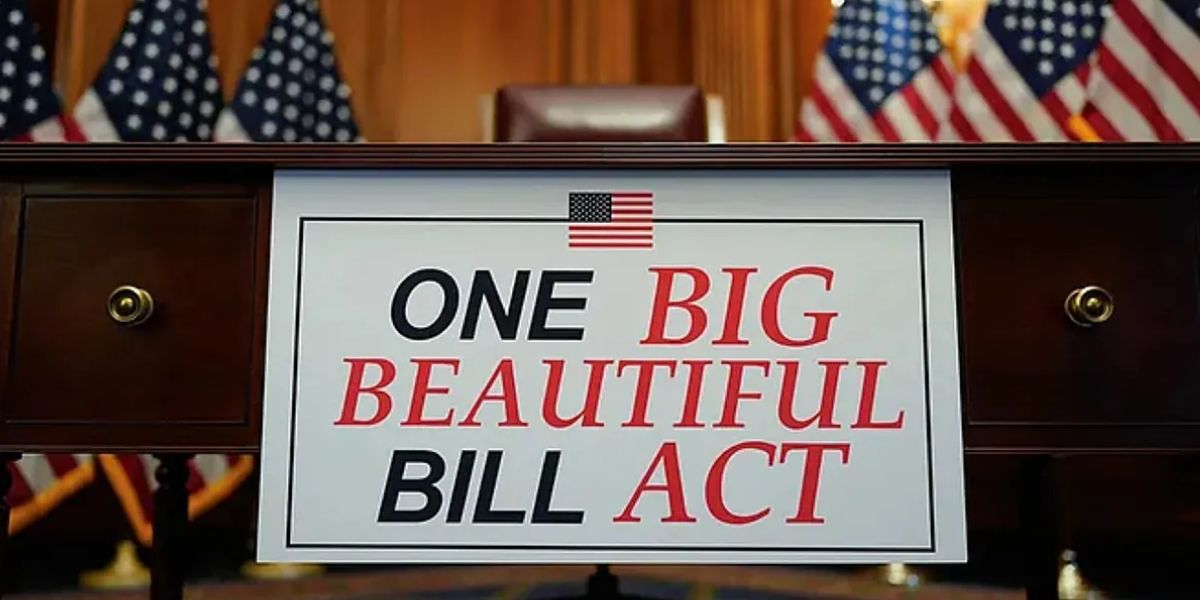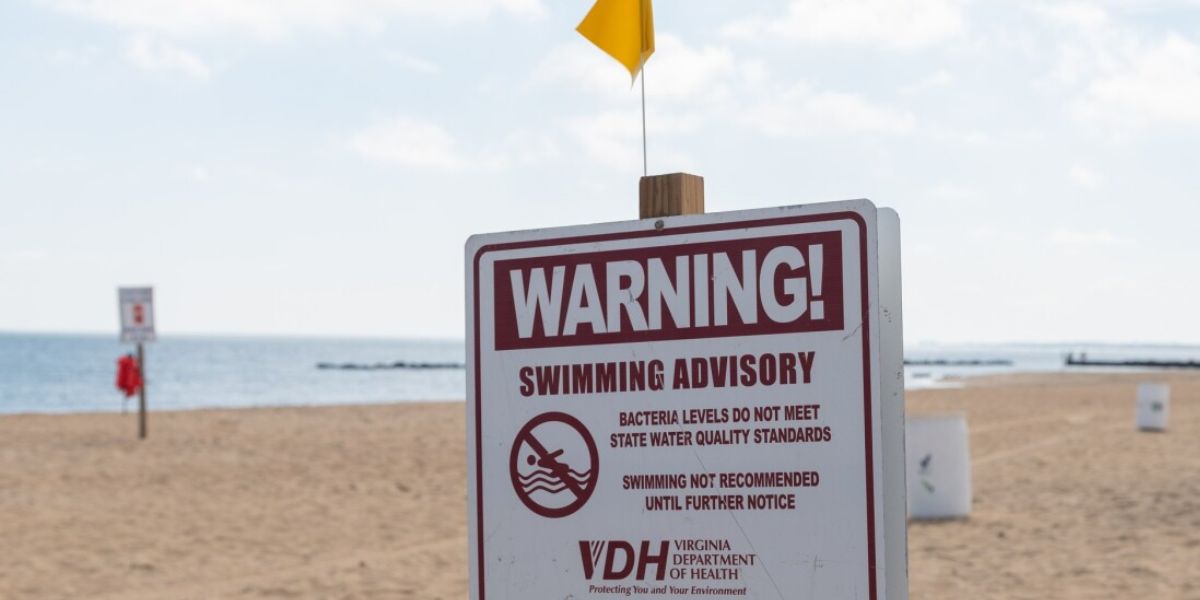Ridgecrest, California — It often begins with a certified envelope labeled “Important Tax Document.” For many Americans, that envelope could be the first warning of an IRS bank levy — a legal move allowing the federal government to seize funds directly from your bank account if you’ve left a tax debt unpaid.
In fiscal year 2024 alone, the IRS issued over 313,000 levy notices to banks and financial institutions, putting thousands of checking and savings accounts at risk.
How the IRS Gets to Your Bank Account
The process begins when the IRS assesses your unpaid tax balance and sends an initial bill. If ignored, the agency then mails a Final Notice of Intent to Levy (Letter LT11 or CP90) via certified mail — giving you 30 days to act before collection begins.
Your options during that 30-day period include:
- Paying the full amount online
- Setting up a short-term payment plan
- Requesting a Collection Due Process hearing to dispute the amount owed
If you fail to respond, your bank will receive a levy notice. Once received, the bank is required to freeze your account — up to the amount you owe — for 21 days. After that, the funds are sent to the U.S. Treasury.
What Money is At Risk?
Only the balance available on the day the levy hits is frozen. Any deposits that arrive after — such as a paycheck or tax refund — are typically safe. However, frozen funds can trigger bounced payments for rent, car insurance, or utilities.
IRS data shows:
- Average tax debt sent to collections: $17,852
- Largest levy in 2023: $1.9 million from one account
- Bank hold window: 21 days
- Post-levy penalty: Up to 1% per month, plus interest
Read Also: ‘Big Beautiful Bill’ Promises Big Changes for Student Loan Borrowers
Five Ways to Stop a Levy Before Day 22
If you act before the 21-day hold expires, here’s how you may stop the IRS from taking your money:
- Pay in full – The quickest solution.
- Short-term extension – Up to 180 days for balances under $100K.
- Installment agreement – Use Form 9465 to spread payments over 72 months.
- Offer in compromise – Settle for less if you prove financial hardship (avg. accepted offer = 24¢ per dollar).
- Hardship release – Show proof that basic needs won’t be met if funds are taken.
Don’t Let Day 22 Belong to the IRS
Ridgecrest Pact urges readers to open all IRS mail, take immediate action, and communicate directly with the agency if you’re struggling financially. As one Phoenix designer learned the hard way, even a single ignored notice can cost you rent, fees, and peace of mind.
What’s your take on IRS levies? Ever had your account frozen or narrowly avoided it? Comment below at ridgecrestpact.org and join the conversation. Your experience could help others stay financially safe.

